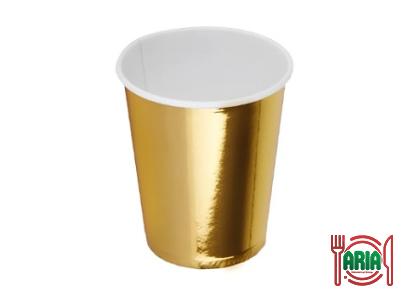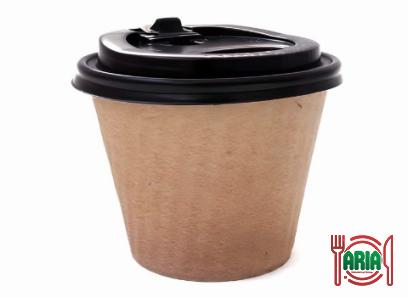In order to replace disposable plastic ware, the biodegradable is the best choice.
They are more expensive compared to plastic but they are eco-friendly.
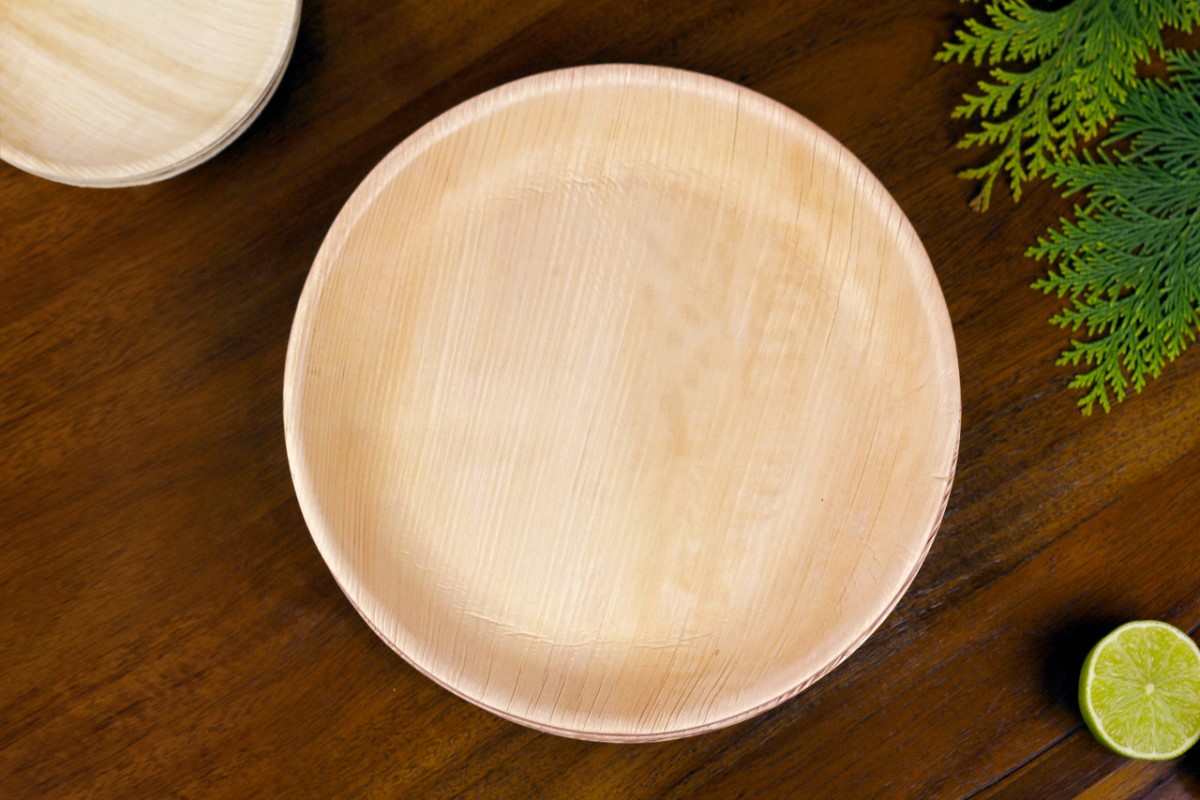
Biodegradable disposable plates
Bagasse, bamboo, recycled paper, cornstarch, and even fallen leaves are some of the materials that are used to manufacture biodegradable disposable plates and compostable disposables.
The biodegradable disposable cutlery is crafted from plantation lumber that has not been processed in any way and is completely earth-friendly and sustainable.
These items are safe for use around children of all ages because they have not been subjected to any kind of chemical processing.
The United States alone creates 230 million tons of rubbish every single year, and the most majority of that junk is either burned or buried in landfills.
The United States recycles only around one quarter of the trash that they produce.
Innovative new items are being introduced to the market by fledgling businesses in the hope of gaining a competitive advantage in the market.
The businesses are encouraging the adoption of environmentally friendly items in the food industry as the greatest alternative to plastics in order to reduce their environmental impact.
Plates and cups made of biodegradable materials are becoming more popular as a result of the growing need for eco-friendly, safe, and sustainable tableware.
This demand is being driven by the increasing number of restaurants, fast food places, and cafeterias.
At barbecues, parties, and other gatherings, eco-friendly cutlery is a workable alternative that provides the same level of convenience as plates, cups, and spoons that can be thrown away after use.
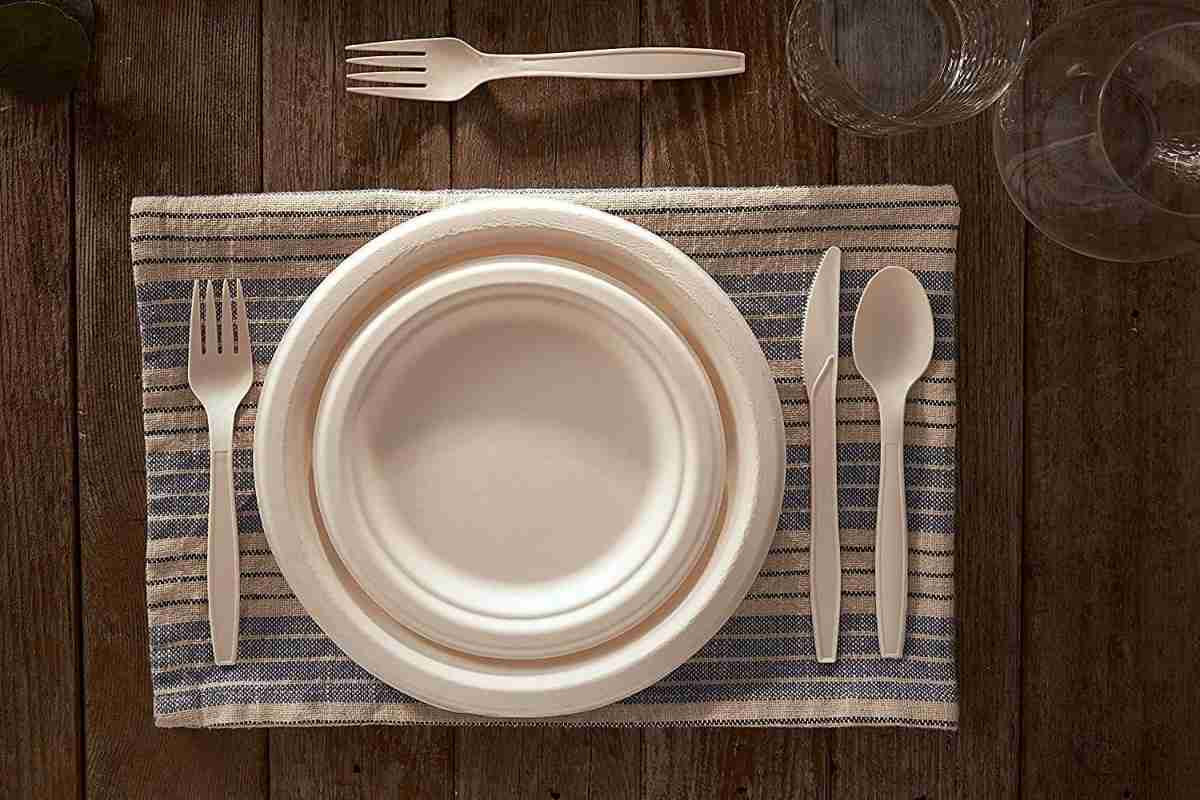
In addition to this, they do not have any unfavorable effects on the natural world.
Why should you use biodegradable plates and compostable disposables instead of traditional options?
Plastic food packaging accounts for the vast majority of waste that is eventually disposed of in landfills and oceans.
It’s possible that switching to biodegradable items will cut down on the amount of rubbish that gets dumped in landfills and washed up in oceans around the world.
Unfortunately, makers of food and plastic packaging are uncovering an increasing number of justifications for the use of plastic in food packaging.
Plastic is a material that sees widespread application due of its low cost and ease of availability. Although it is more convenient to utilize disposable containers, one cannot disregard the detrimental effects that they have on the environment.
It is also important to keep in mind that products produced of single-use plastic are not constructed from renewable resources.
Because it will take a very, very long time for plastic materials to disintegrate, the use of these items will simply contribute to the rising problem we have with rubbish.
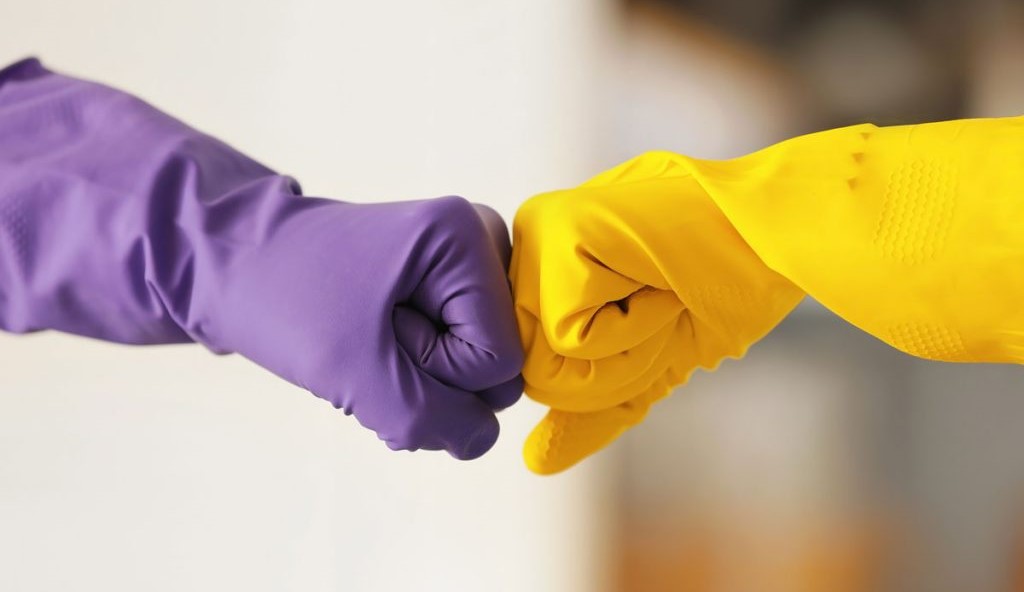
Biodegradable disposable gloves
Because of the pandemic, the amount of waste generated by personal protective equipment (PPE) has increased significantly, creating an urgent need for environmentally suitable replacements like biodegradable disposable.
As a result of the extensive dissemination of COVID-19, there has been an unexpected increase in the use of single-use gloves.
Only in the United States of America are more than 90 million pairs of gloves worn by healthcare staff every month. These gloves wind up in landfills, where they take almost a century to degrade completely.
The bulk of the time, these garbage piles are washed away into nearby bodies of water, and then they make their way out to the ocean, where they endanger marine life.
Gloves Made of Biodegradable Materials Are in High Demand
Indeed, each and every pair of gloves is biodegradable!
Simply put, it takes a long time (hundreds of years) to break down and degrade.
Many people have advocated using additives that, when mixed with microorganisms like fungi and bacteria, can aid in the breakdown of waste plastic into carbon dioxide, water vapor, and natural components. This would be a solution to the current waste plastic problem.
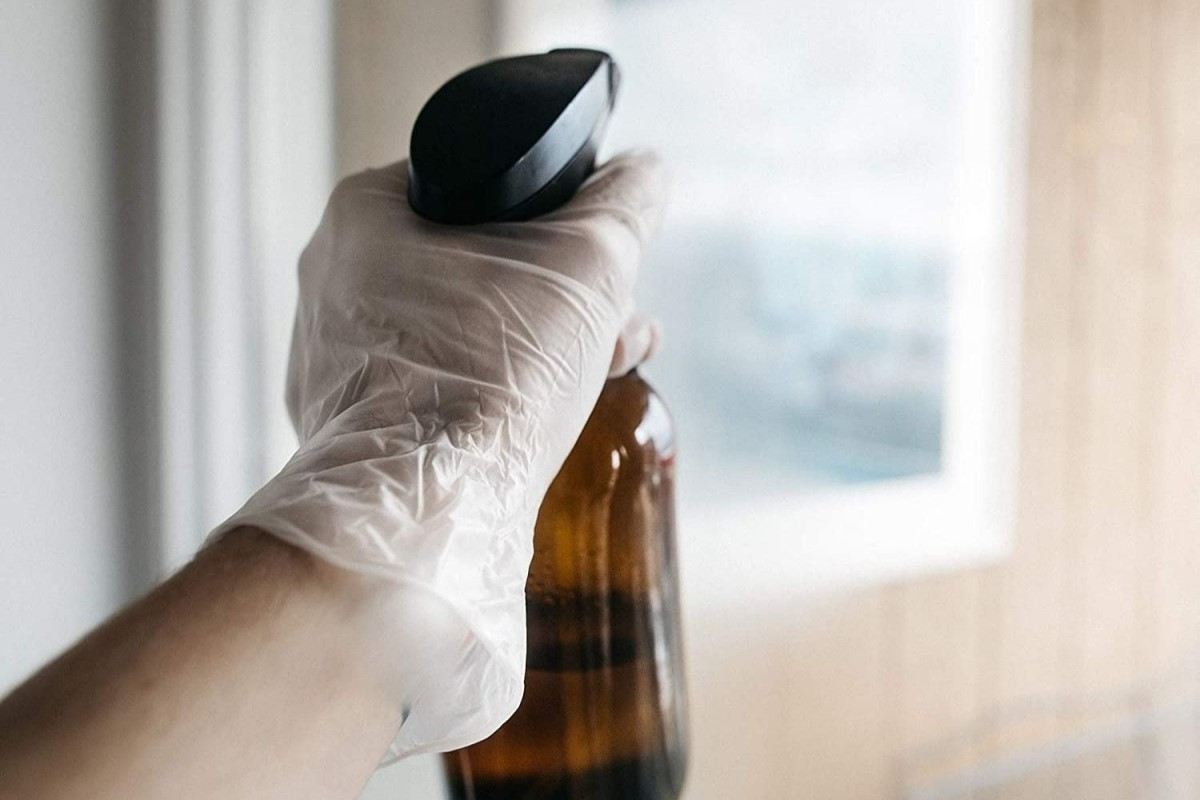
Even though the purpose is to do what is right and ethical, there are several limitations to employing this technique.
When biodegradable plastic products are piled up in landfills, they breakdown in the absence of oxygen, resulting in methane gas generation.
This greenhouse gas is thought to endanger the surrounding ecology.
Although some landfills are prepared to collect methane gas and use it to generate fuel and energy, the amount that could be collected is small, and it may not always be feasible.
Furthermore, research reveals that methane is one of the variables that contribute to global warming, and that it is more harmful than carbon dioxide.
As a result, it is strongly advised to use disposable gloves that are both environmentally friendly and safe in the long run.
To address this concerning scenario, manufacturers all around the world are becoming green by rushing to produce large amounts of biodegradable gloves to meet rising demand. This rising demand is attributable to an increase in the use of gloves.
This holds true not only for single-use gloves, but for all personal protective equipment.
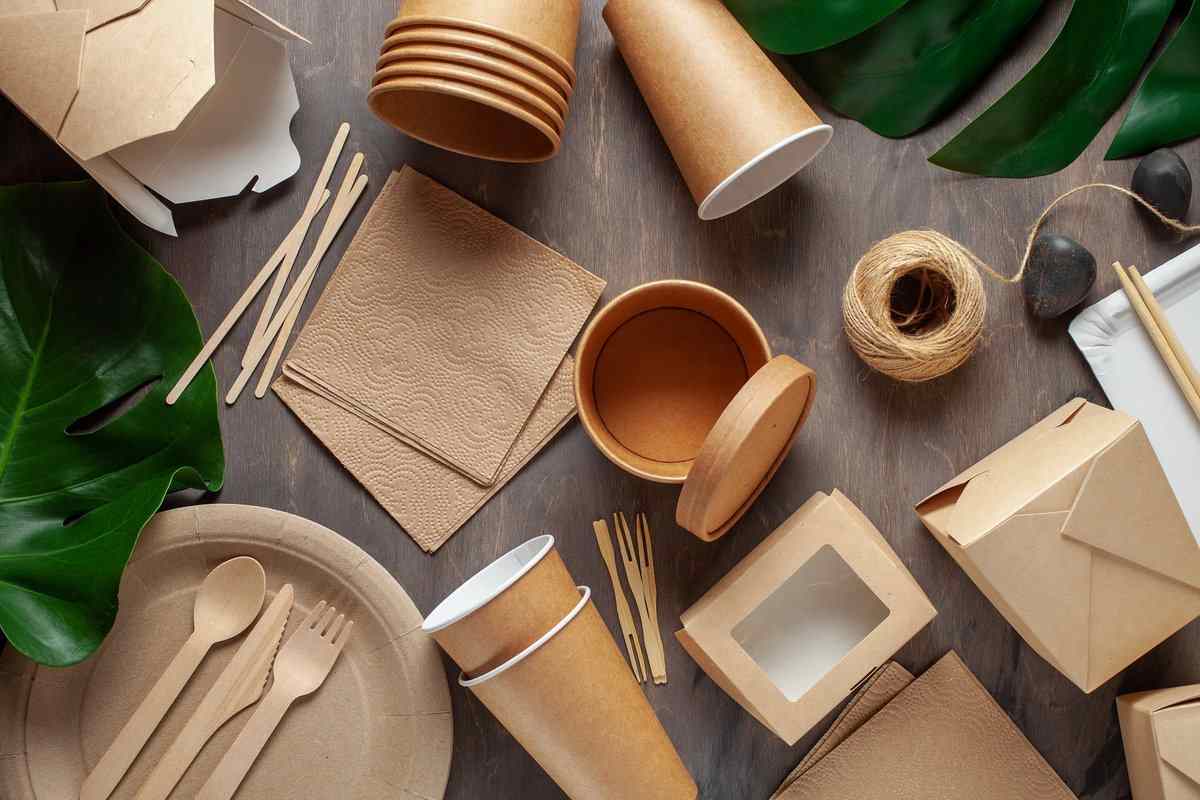
Biodegradable disposable cups
Bagasse biodegradable disposable cups
One of the most frequently farmed crops in the world, sugarcane is mostly grown in the tropics in Brazil, India, China, Thailand, Iran, Pakistan, and Mexico, among other nations.
When sugar is extracted from this crop, it leaves behind a number of residues that are frequently disposed of improperly, especially when sugar mills employ simple process technologies.
Bagasse can be used to make paper, animal feed, and disposable food containers in addition to being used to generate heat and power in sugar mills (cogeneration).
Currently, the sugarcane sector uses bagasse primarily as a fuel to meet its own energy needs.
Massive amounts of solid trash are frequently incinerated or inefficiently burned, which pollutes the environment.
The rising demand for sugar, which is produced primarily by sugarcane, is what is causing the anticipated increase in bagasse availability.
A sturdy, cut- and grease-resistant substitute for conventional plastic or polystyrene are sugarcane plates.
Products created from sugarcane fiber are compostable and made from recycled and renewable resources.
The plates and bowls constructed of sugarcane bagasse are recyclable and compliant for composability.
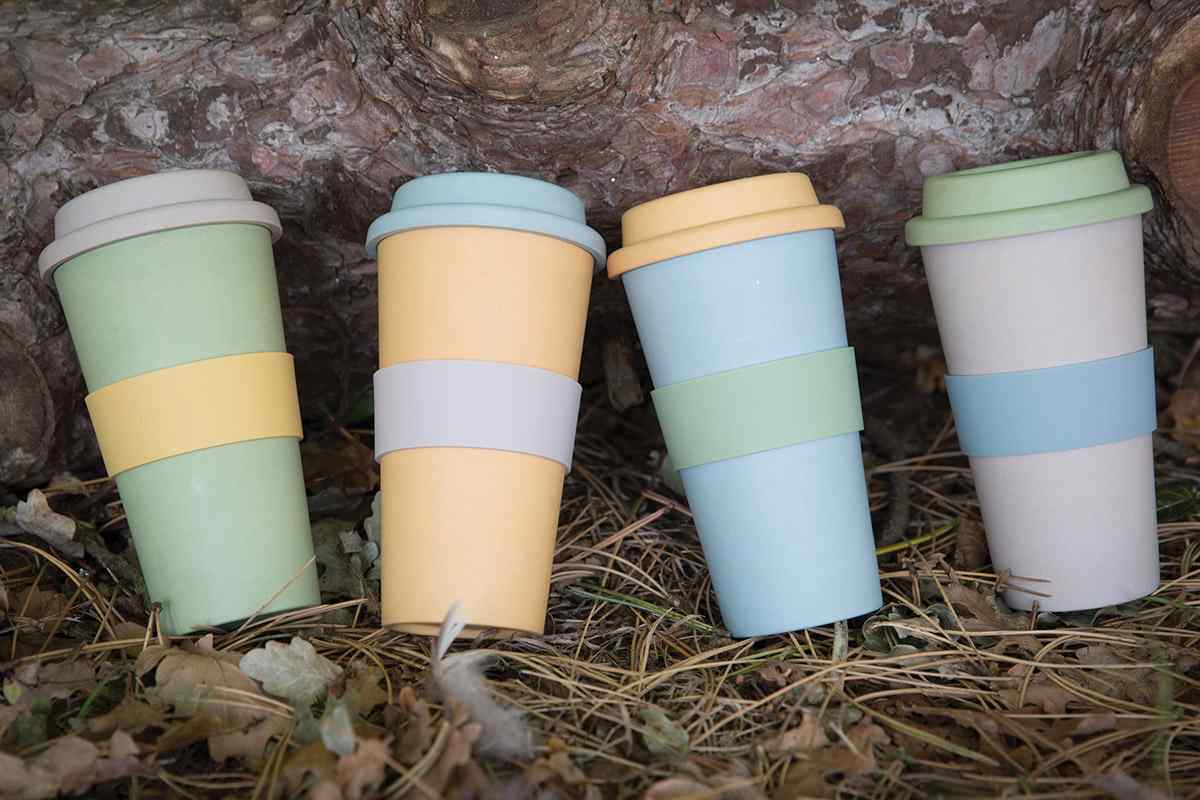
Consumable Tableware
The use of silverware that may be eaten after eating food or beverages is known as edible cutlery.
For instance, if soup is served in an edible soup bowl, the bowl can be consumed after the soup, which is packed with nutrients, has been consumed.
Cutting boards made of food are totally biodegradable and help reduce plastic waste.
Typically comprised of polypropylene and polystyrene, plastic cutlery takes more than 400 years to photodegrade.
It can require up to 78 gallons of water to make just one pound of plastic cutlery. On the other hand, edible utensils are created from food-safe materials.
Three substances are typically employed in edible cutlery: rice, wheat, and sorghum (an ancient grain from Africa). In 2018, the market for edible cutlery was worth USD 22.6 million.
Manufacturers of cutlery are likely to be forced to create environmentally friendly items as there is a growing understanding of the need to quickly reduce the pollution created by plastics.
In order to help our environment and Eco-system, we are here to help you, your business and planet with our high quality disposable products. you can contact us 24/7 for more information.


